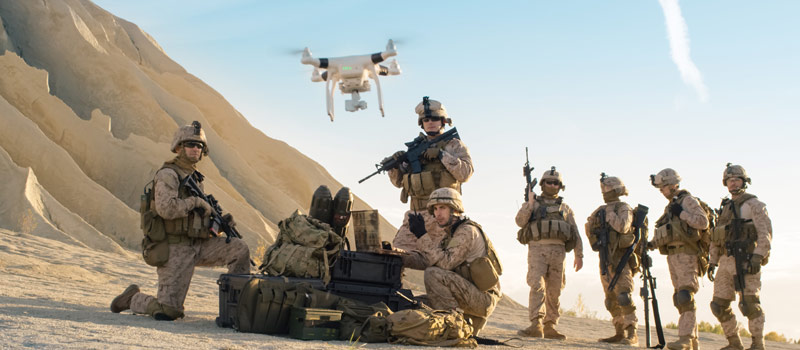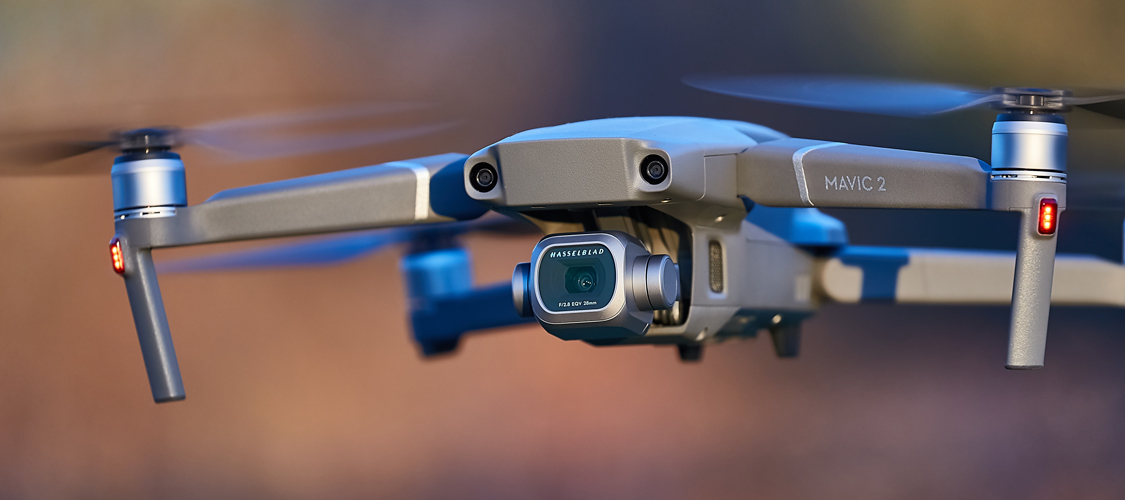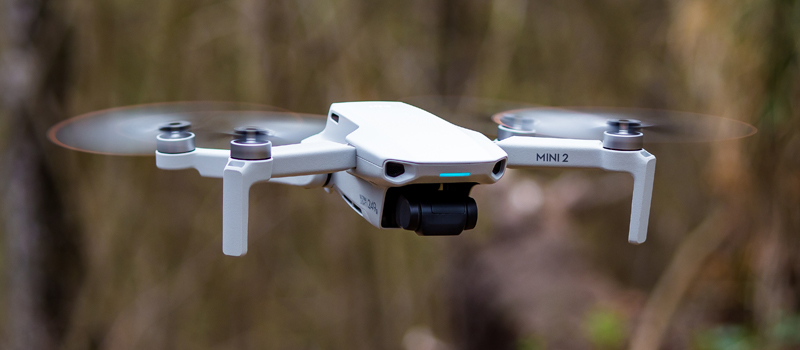One of the most important rules in drone flight, yet also one of the most frequently violated, is the restriction to fly only within visual line of sight (VLOS). VLOS rules apply both to professional and recreational drone flight. However, we need to take a close look at Section 44809 to determine exactly how VLOS works for those who fly drones recreationally.
What is VLOS?
Visual line of sight (VLOS) simply means that the drone pilot or visual observer can see the drone without any obstruction. Potential obstructions can include structures, natural features like mountains or trees, or meteorological features such as clouds and fog.
VLOS rules are set in place in the interest of the safety of the national airspace. Not only does it force you to know the location and attitude of the drone at all times, but establishing VLOS also provides situational awareness of any nearby hazards. It also enforces a maximum range for drone flight that is well below the maximum transmission range of many modern drones.
Visual contact has four crucial objectives based on the definition in Part 107 – to determine the location of the drone, to determine its attitude and altitude, to scan the airspace for potential hazards, and to ensure that the drone does not pose a danger to life or property.
Is there a specific distance for the VLOS range?
If the FAA wants to implement a maximum range, why don’t they just set a maximum distance between the drone and ground station? In many ways, the approach of using VLOS is more effective because it is context-specific.
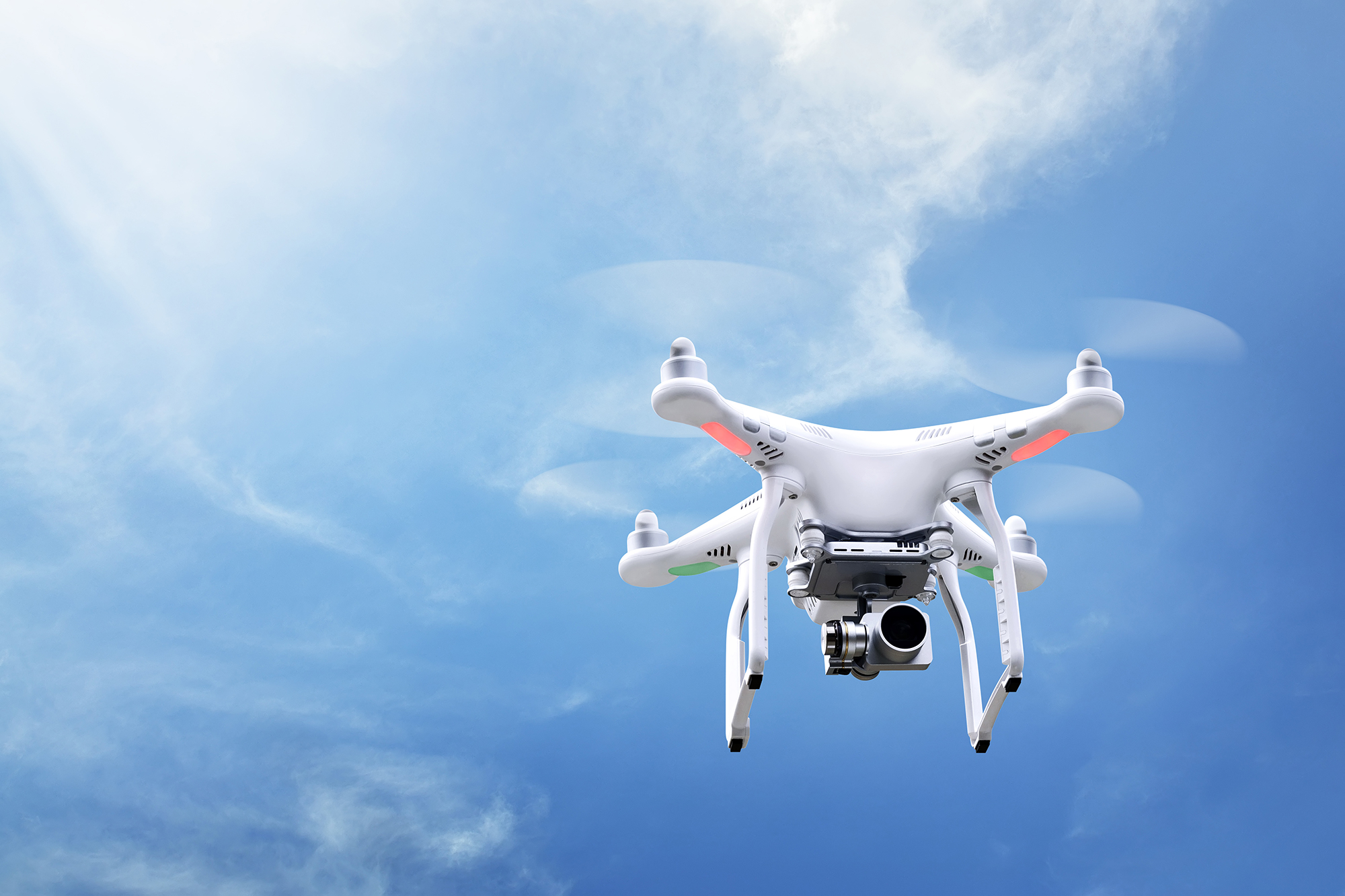
With each drone operation, the distance of VLOS may vary based on different factors. A larger drone like the Inspire 2 can be seen farther away than an ultra-portable drone. The pilot’s visual acuity will also determine how well they can see a drone that is several hundreds of feet away. Weather conditions can also affect visibility, so the range that works on a clear day may not be as effective with overcast clouds.
Drone pilots are expected to exercise good judgment in deciding whether they are still flying within VLOS. When in doubt, you should always go back to the fundamental purpose of the rule – is your drone and its surroundings visible enough so that you can maneuver away from any potential hazards?
When is a visual observer necessary?
According to the text of Section 44809, VLOS requires that “the aircraft is flown within the visual line of sight of the person operating the aircraft or a visual observer co-located and in direct communication with the operator”. This introduces the idea of having a visual observer maintain VLOS instead of the drone pilot.
The FAA states one specific situation in which a visual observer is necessary – when the drone is being operated in FPV. Flying in FPV does not satisfy VLOS requirements as it does not achieve the same level of situational awareness as having eyes on the drone. In such a situation, it is the duty of the visual observer to maintain VLOS and warn the drone pilot of any potential hazards.
Is it possible for the visual observer to be located far from the drone pilot?
This has been a common question of drone pilots through the years and continues to be a point of contention until today. The short answer is no, you cannot have a visual observer located even just 100 feet away in an attempt to extend the range of VLOS. You also cannot have a chain of visual observers to achieve the same purpose.
The rule for such a scenario is established by the requirement for the visual observer to be “co-located” with the drone pilot. Further guidance is provided by Advisory Circular 91.57B which states that the visual observer needs to be “co-located with the recreational flyer and able to communicate directly with the recreational flyer without the use of technological assistance.
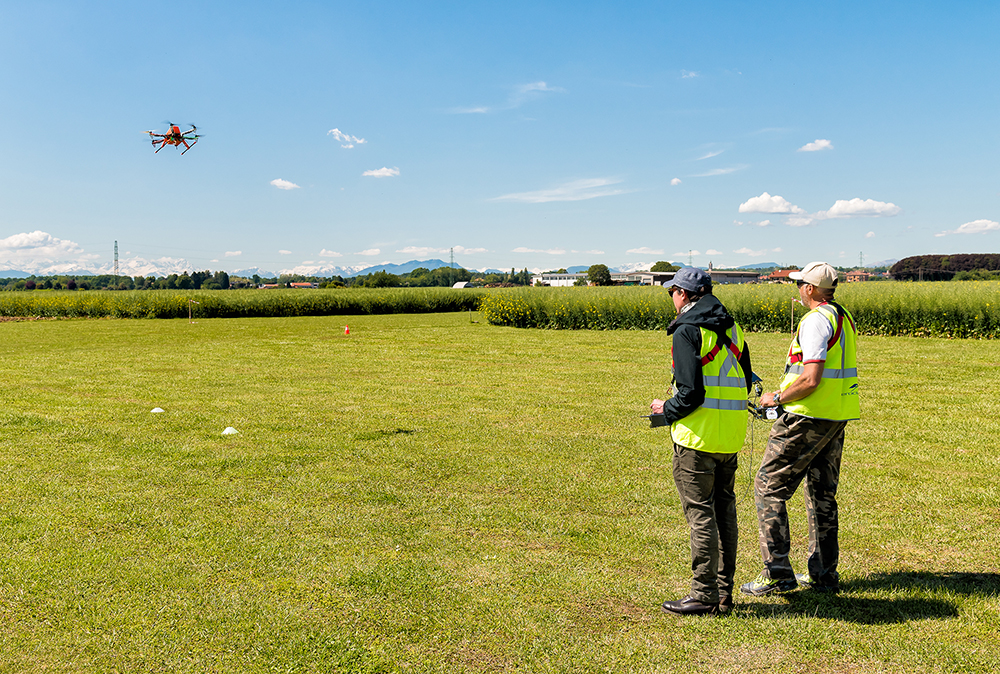
Technological assistance, in the text, can pertain both to instruments that can aid visual acuity as well as communication devices. This means that the drone pilot or visual observer should be able to maintain visual contact without the use of binoculars. This is more directly stated in Advisory Circular 91.57C, which is currently still in draft mode.
According to the same version of the AC, the visual observer must also be “standing close enough to the recreational flyer to be able to communicate directly with him or her without the use of technical assistance and without creating a distraction to the recreational flyer.” This clarifies the requirement of a visual observer being co-located with the drone pilot.
Even if you were flying in FPV and had a visual observer to maintain visual contact, the drone must still be close enough such that you will be able to see it once you remove your FPV goggles. Of course, this should be the case if the visual observer was co-located or just a few feet away from you.
Can recreational pilots apply for a waiver of the VLOS rules?
Right now, there is no provision that will allow recreational drone pilots to apply for a waiver for any of the Section 44809 restrictions. The privilege to apply for waivers is currently only granted to drone pilots certified under Part 107.
Final thoughts
As the FAA rolls out additional guidelines for recreational drone flight, some of the finer points of these rules tend to get lost in the discussion. This is especially important for recreational drone pilots as some of the rules in Section 44809 introduce concepts that have not been used in previous regulations.
The rule of flying within VLOS remains one of the most important for airspace safety. The idea is very simple but is undoubtedly effective and easy to comply with. Section 44809 also has provisions for having visual observers, although the pertinent rules are a bit stricter compared to Part 107.

